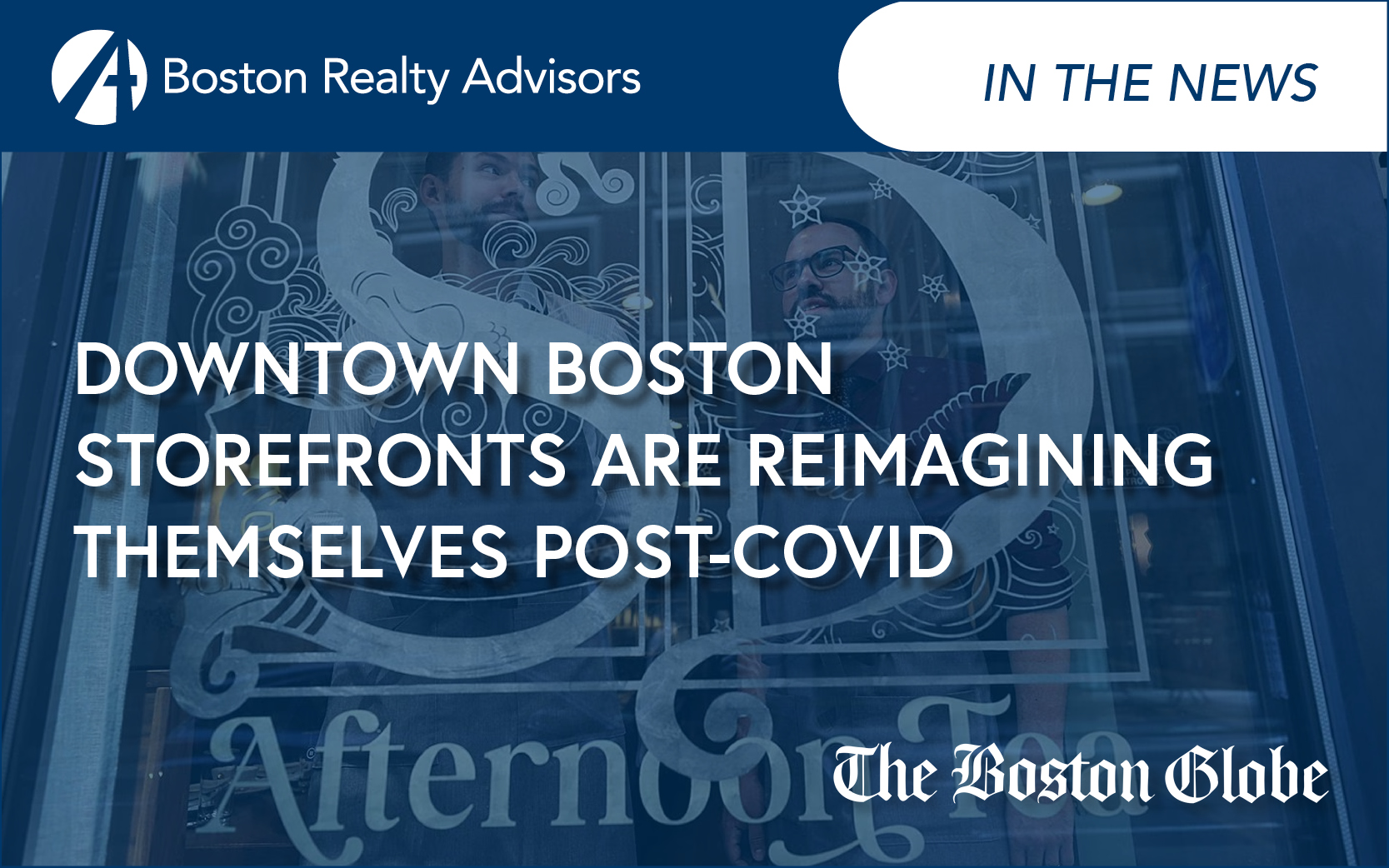As foot traffic downtown plateaus in the wake of the pandemic, owners of empty storefronts are thinking about ways to reinvent their space.
Since February, Lee Morgan and Patrick Brewster have been serving canapés and cucumber sandwiches in a meticulously decorated storefront on Tremont Street. The Silver Dove Afternoon Tea Room is an anomaly downtown, open only from 11 a.m. to 6 p.m. Wednesday through Sunday.
It’s a hub of finger-food, not business, vastly different from the sort of spots that populated downtown not so long ago: barbershops, boutiques, and dry cleaners for the office worker; no-frills coffee joints; a few fine restaurants and a host of establishments that dish up lunch in a to-go bowl.
“After the pandemic, there are so many empty storefronts downtown,” Brewster said. “You can’t put a fast-casual restaurant in all of them. It gives us the opportunity to do something a little bit different.”
The launch of Silver Dove reflects the beginnings of a new vision for downtown retail. For years, city officials have said that Downtown Crossing and the Financial District should cater to student, theater, and tourist traffic in a post-COVID world, not just a dwindling number of office workers. (Last fall, Mayor Michelle Wu even gave the movement a buzzy moniker, “24-hour downtown.”)
Now, proof that this transformation is catching hold on the streets: High Street Place, an expansive food hall near Post Office Square, has proved a resounding success well after work hours. New nightlife concepts — The Wig Shop and Hobgoblin — have planted themselves on Temple Place where Wig World and Stoddard’s used to be. An indoor golf facility and bar was launched in City Hall Plaza in December. And the WNDR (”Wonder”) Museum, an immersive art exhibit hall and cafe, will take over 17,000 square feet on Washington Street — space that once housed an Eddie Bauer store — in the coming months.
If you count the 19 vendors in High Street Place, downtown has 10 percent more places to eat today than it did in 2019, said Michael Nichols, president of the Downtown Boston Business Improvement District.
“The worst of it is behind us, and this is not temporary,” he added. “It’s a fundamental realignment of who the downtown audience is.”
What is still up for debate is whether this is as good as it will get. Downtown Boston only saw about half the foot traffic in April than it did in 2019, according to a University of Toronto analysis of mobile device counts by area. The highest it has hit since March 2020 was 63 percent, in August 2021.
And although there are many new storefronts, many othersremain vacant. “For lease” signs paper windows all over the Financial District. In Downtown Crossing, banners advertising Forever21.com hangin the brand’s former location. City Hall Plaza has more than 6,000 square feet of empty space, where the Papyrus and Salad Works used to be. And a map curated by the city with a “sampling” of commercial vacancies includes at least four dozen openings in Downtown Crossing, and two dozen more between Congress Street and Atlantic Avenue.
Whitney Gallivan, manager director at Boston Realty Advisors, said landlords do have a “hyper-awareness” of the vacancy problem and a desire to “get creative” with solutions. In the next 12 to 18 months, she added, more building owners will consider lowering commercial rents, something they’d largely held off doing, hoping the neighborhood pre-pandemic life would bounce back.
Read more from The Boston Globe
Tags: Boston Commercial Real Estate, Boston Commercial Real Estate News, Boston Retail, In the News, Retail


